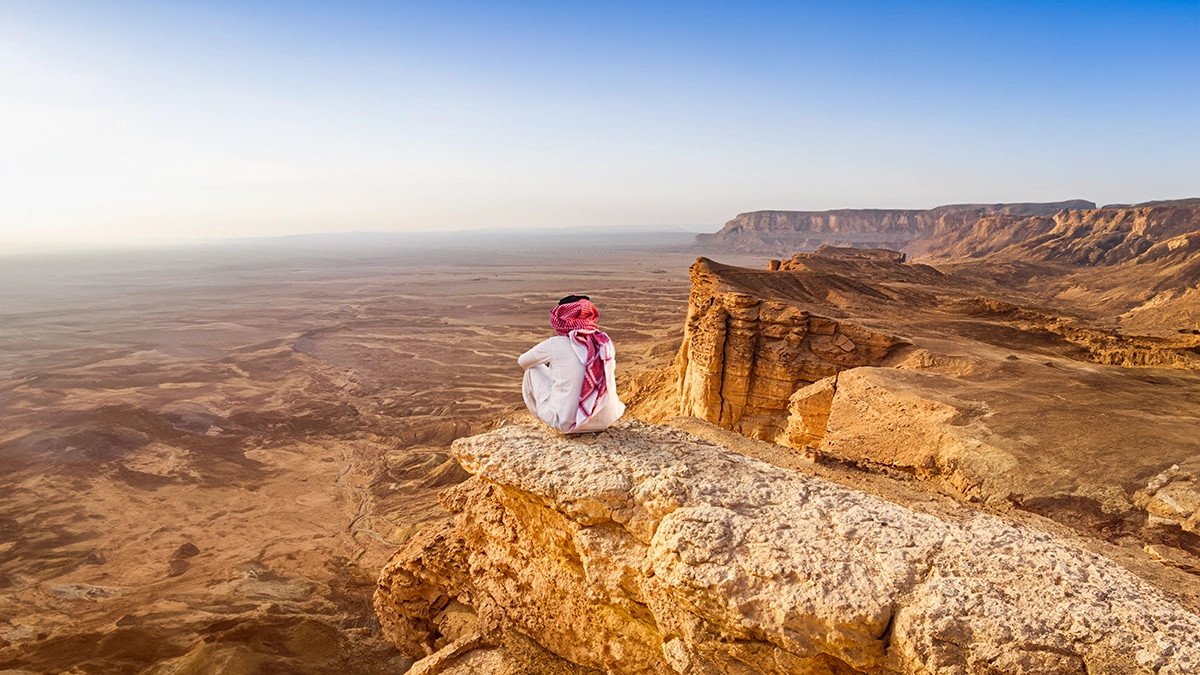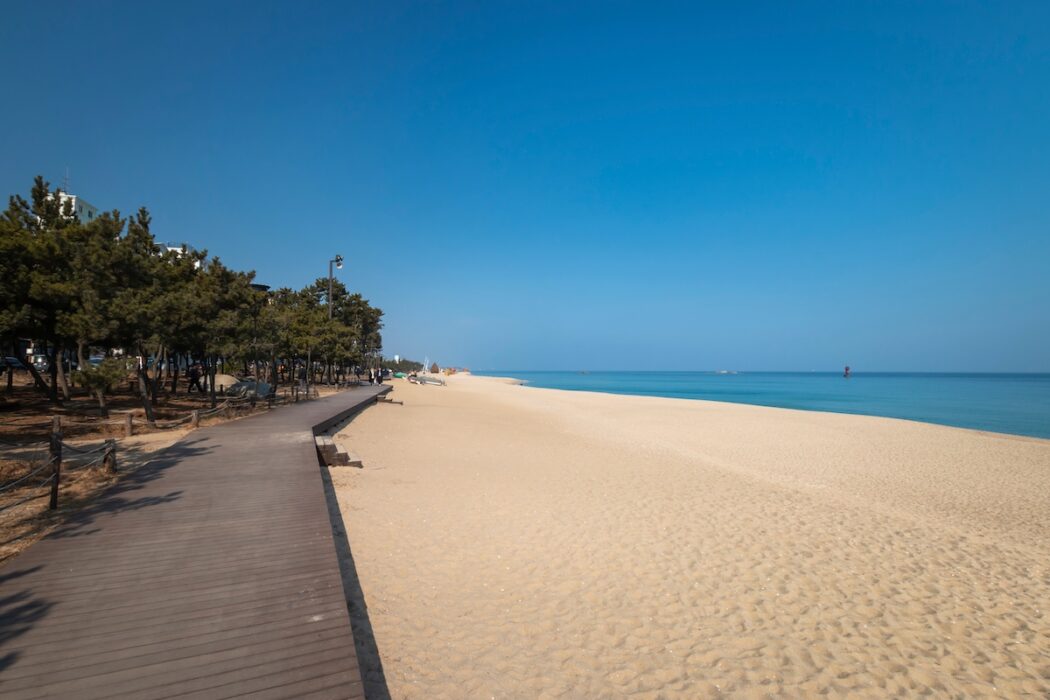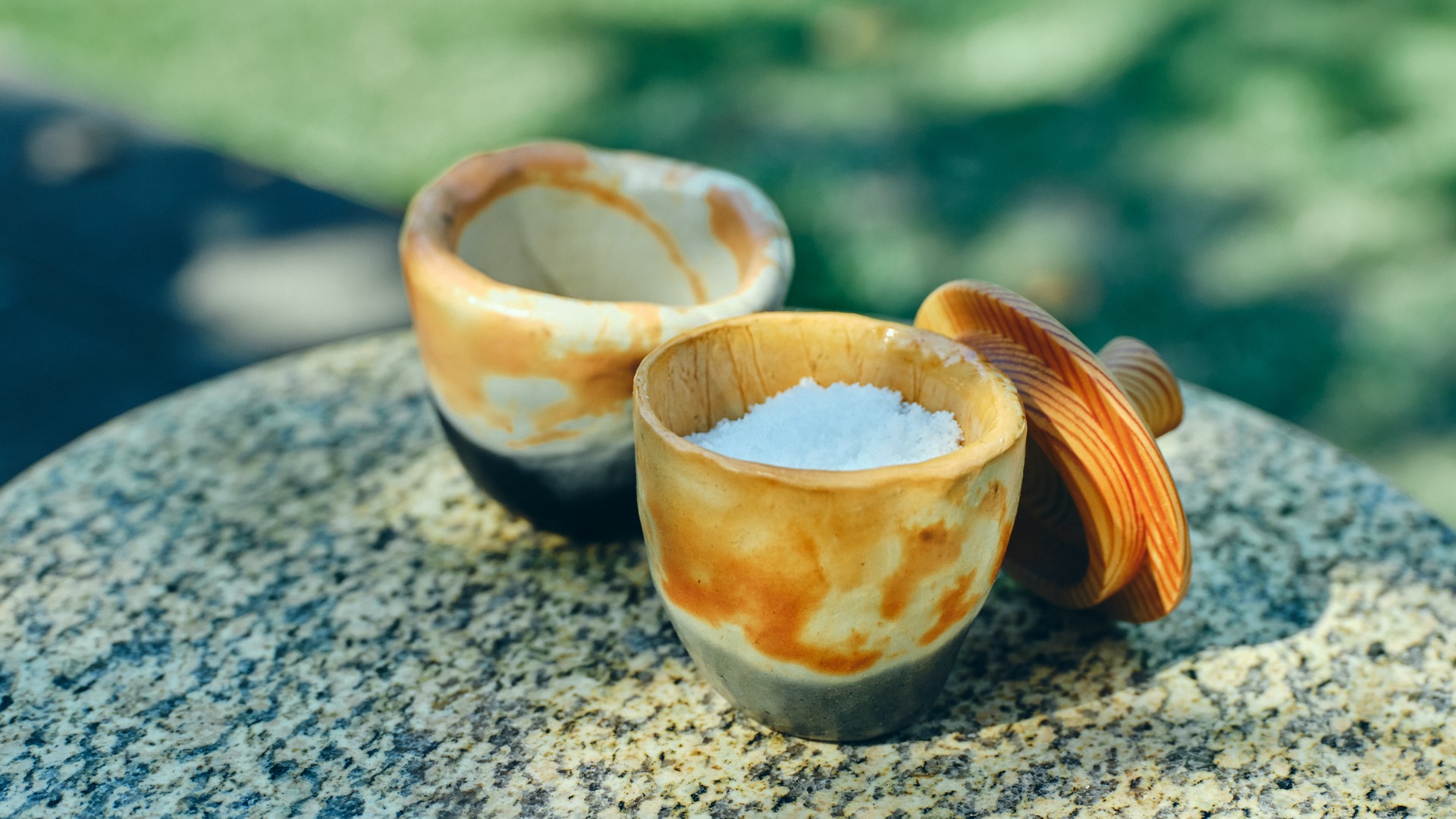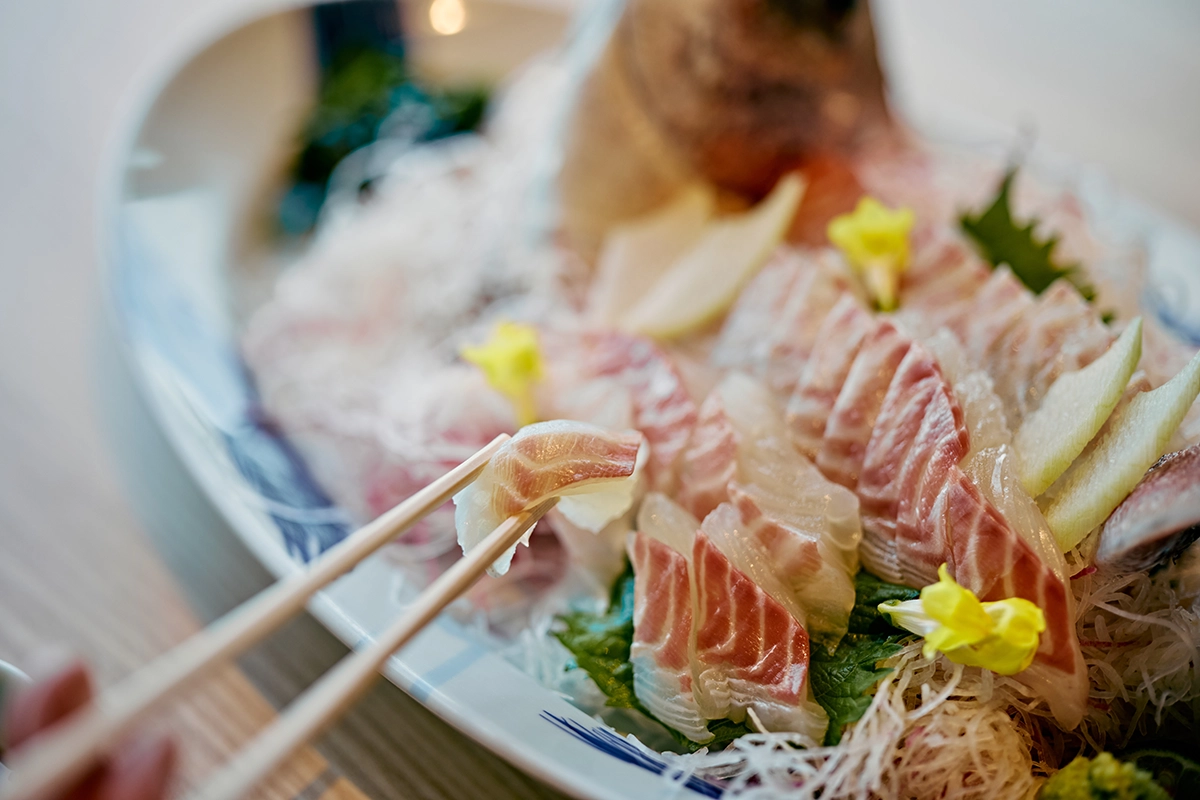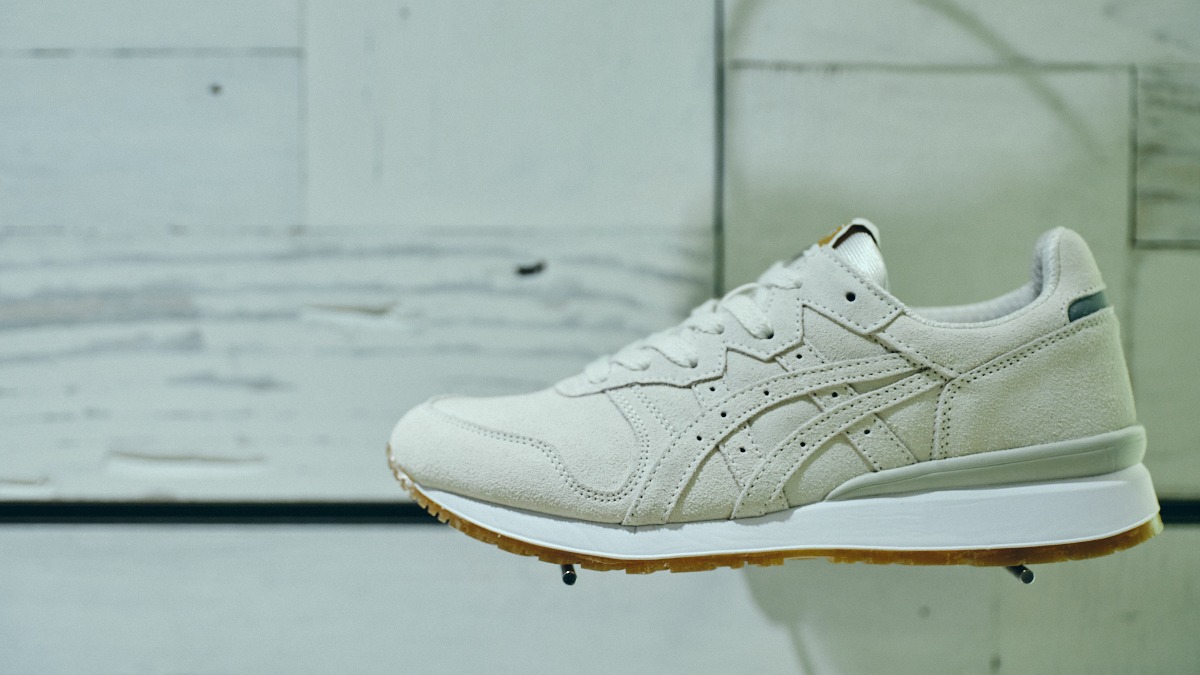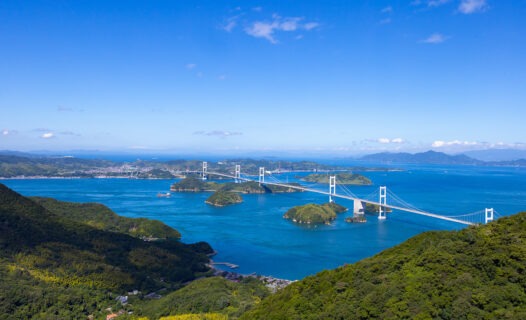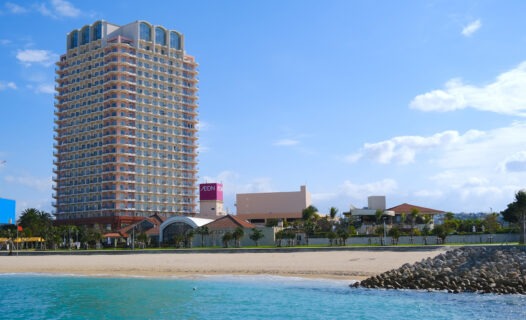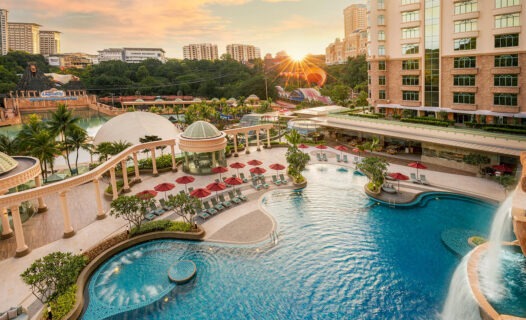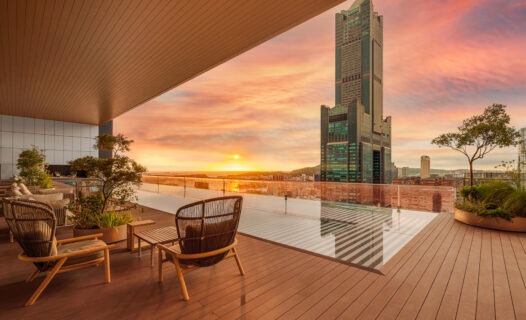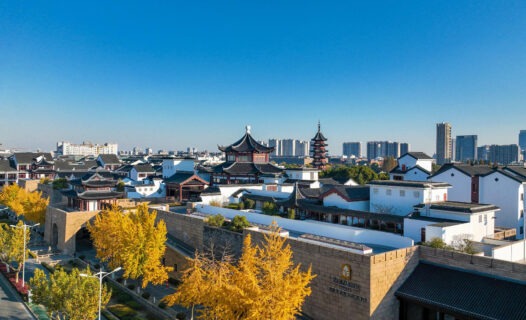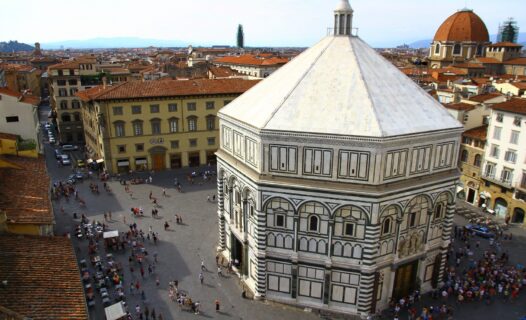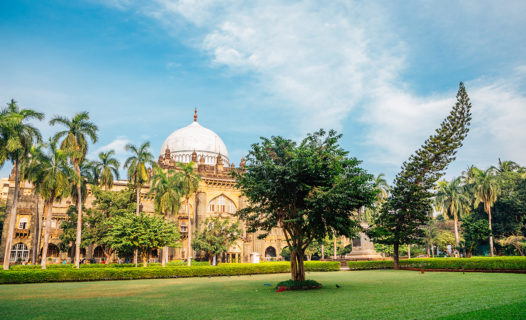Introduction
Welcome to Korea, a treasure trove of culture, history, and seasonal festivities that beckons travelers from around the globe! This captivating destination is brimming with iconic landmarks and vibrant festivals that breathe life into its rich heritage. Whether you’re wandering through ancient palaces, marveling at modern architecture, or joining locals in joyous celebrations, Korea offers a unique experience that resonates deeply with every visitor.
At the heart of Korea’s allure are its must-see landmarks and seasonal festivals, which enhance the travel experience in ways you might not expect. Each landmark tells a story, each festival showcases a tradition, and together they create a tapestry of memories that linger long after your journey ends. Let’s embark on an exploration of Korea’s iconic landmarks throughout the seasons, where every visit unveils a fresh perspective and a new adventure waiting to be discovered.
Discovering Korea’s Iconic Landmarks Throughout the Seasons
As the seasons change in Korea, so too does the character of its landmarks. From the breathtaking cherry blossoms of spring to the snowy landscapes of winter, each season offers a unique lens through which to experience Korea’s rich history and culture. Imagine strolling through a park adorned with delicate pink blossoms or standing in awe before a historic palace framed by autumn leaves. These seasonal transformations not only beautify the landscape but also enhance the emotional and cultural significance of visiting these sites during festivals.
Whether you’re a history buff, a nature lover, or a festival enthusiast, Korea’s tourist spots are sure to captivate your heart. Each landmark reflects the essence of Korean life and tradition, making them essential stops on your journey. So grab your camera and prepare to explore the iconic places in Korea that promise unforgettable experiences no matter the time of year!
Spring Splendor: Cherry Blossoms and Cultural Celebrations
Springtime in Korea is nothing short of magical, as the landscape transforms into a canvas of soft pink and white hues with the blooming of cherry blossoms. This season is not only a feast for the eyes but also a celebration of culture and tradition. The Jinhae Cherry Blossom Festival, held typically in early April, is a must-see event where thousands flock to witness the stunning cherry trees lining the streets and parks. Jinhae, a charming port city, becomes a picturesque wonderland, filled with food stalls, performances, and vibrant parades.
If you’re in Seoul, don’t miss the cherry blossom viewing spots at Yeouido and Gyeongbokgung Palace. Yeouido’s Han River Park offers a stunning backdrop for picnics and leisurely strolls under the blooming trees, while the majestic Gyeongbokgung Palace provides a historical setting that enhances the beauty of the blossoms. The sight of cherry blossoms against the backdrop of traditional architecture is a scene you won’t want to miss!
Spring is also a time for other significant festivals, such as the Dano Festival and Buddha’s Birthday Celebrations. The Dano Festival, celebrated on the fifth day of the fifth lunar month, features traditional games, performances, and delicious seasonal foods. Buddha’s Birthday, typically observed in May, is marked by colorful lantern parades and temple celebrations that invite visitors to experience the spiritual side of Korean culture.
For those seeking less crowded cherry blossom viewing spots, consider heading to Gyeongju or Seokchon Lake in Seoul, where the blossoms are equally stunning but often less frequented. Mark your calendars and get ready to immerse yourself in the beauty of spring in Korea!
Summer Adventures: Beaches, Nature, and Outdoor Activities
As the temperatures rise, Korea reveals its natural beauty and outdoor adventures, making summer the perfect time to explore its stunning beaches and national parks. Popular spots like Haeundae Beach in Busan and Gyeongpo Beach in Gangneung are buzzing with energy, offering sunbathing, water sports, and vibrant beach festivals. Whether you’re lounging on the sand or taking a dip in the refreshing waters, these beaches promise a delightful escape from the summer heat!
For nature enthusiasts, Seoraksan National Park and Bukhansan National Park offer breathtaking hiking trails that showcase Korea’s rugged landscapes and diverse flora and fauna. Summer is an excellent time for hiking, as the trails are lush and vibrant, and the views from the peaks are nothing short of spectacular. Just remember to pack plenty of water and sunscreen!
Summer festivals like the Busan Sea Festival and the Jeju Fire Festival add to the excitement of the season. The Busan Sea Festival, held in August, features beach sports, concerts, and fireworks, while the Jeju Fire Festival, usually in March, showcases traditional fire rituals along with cultural performances. These events are a great way to immerse yourself in local traditions while enjoying the warm summer nights.
As you explore Korea during the summer, consider eco-friendly travel practices. Opt for public transportation, participate in local conservation efforts, and enjoy farm-to-table dining experiences that support local communities. By embracing sustainable travel, you can enjoy the beauty of Korea while helping to preserve it for future generations!
Autumn Chronicles: Fall Foliage and Harvest Festivals
As summer fades and the air turns crisp, Korea transforms into a breathtaking mosaic of red, orange, and gold. Autumn is a magical time to visit, with stunning fall foliage painting the landscapes and a variety of cultural harvest festivals filling the calendar. The scenic beauty of Namsan Park and Naejangsan National Park becomes a must-see as their trees burst into vibrant colors, creating picture-perfect backdrops for leisurely hikes and photography.
One of the highlights of the season is the Andong Mask Dance Festival, typically held in October. This lively celebration showcases traditional mask dances that reflect Korea’s rich cultural heritage. Visitors can enjoy performances, try on traditional masks, and even participate in workshops to learn about this unique art form. Andong, a city steeped in history, also offers a chance to explore its ancient Confucian sites and traditional hanok villages.
Another enchanting event is the Jinju Lantern Festival, where the Namgang River comes alive with thousands of colorful lanterns. This festival, held in Jinju, celebrates the history of the Jinju Castle and offers a mesmerizing atmosphere filled with lantern displays, cultural performances, and delicious street food. It’s a perfect way to soak in the festive spirit while enjoying the cool autumn evenings.
For those seeking the best spots to witness the fall foliage, don’t miss Seoraksan National Park. The park’s rugged peaks and clear streams provide a stunning backdrop for a day of hiking and leaf-peeping. Bring your camera to capture the breathtaking views from the top of the peaks! Whether you’re hiking or simply enjoying a picnic surrounded by nature’s canvas, the beauty of autumn in Korea is sure to leave you in awe.
Winter Wonderland: Snowy Landscapes and Traditional Celebrations
When winter blankets Korea in a layer of soft, glistening snow, the country transforms into a wonderland of icy beauty. This season is perfect for those who love winter sports and cozy festivities. Popular destinations like Namsan Tower and Gyeongbokgung Palace take on a magical aura when dusted with snow. Imagine walking through the palace grounds, surrounded by serene white landscapes, and taking in the stunning architecture that tells stories of a bygone era.
The Hwacheon Sancheoneo Ice Festival is a highlight of the winter calendar, attracting visitors from all over. Held in Hwacheon, this festival features ice fishing, sledding, and various ice-related activities. It’s a fantastic way to experience local culture while enjoying the thrill of winter sports. Don’t forget to try the freshly caught sancheoneo (mountain trout) grilled right on the ice!
Another winter gem is the Seoul Lantern Festival, where the Cheonggyecheon Stream is illuminated with beautiful lanterns, creating a stunning river of light. This festival typically takes place in November and features artistic lantern displays that showcase various themes, from traditional folklore to modern art. Strolling along the stream while admiring the glowing lanterns is a delightful way to embrace the festive atmosphere.
For those looking to hit the slopes, Korea boasts several ski resorts, such as Vivaldi Park Ski World and Pyeongchang, which hosted the 2018 Winter Olympics. These resorts offer fantastic skiing and snowboarding opportunities, along with cozy lodges where you can warm up with a cup of hot chocolate after a day on the slopes. Winter in Korea isn’t just about the cold; it’s about the warmth of the experience!
Crafting Your Perfect Korea Travel Itinerary
Now that you’re inspired by Korea’s seasonal wonders, let’s talk about how to craft the ultimate travel itinerary that covers all the iconic landmarks and festivals. A well-planned itinerary can help you make the most of your time, ensuring you don’t miss out on any of the must-see attractions or local experiences.
Start by choosing the season that resonates with you the most. If you’re a cherry blossom lover, plan your trip for spring. For beach enthusiasts, summer is your time to shine! Autumn is perfect for those wanting to experience the stunning foliage, while winter attracts snow lovers and festival-goers alike.
Once you’ve selected your season, create a list of the landmarks you want to visit. For example, if you’re visiting in spring, include Gyeongbokgung Palace, Yeouido Park, and the Jinhae Cherry Blossom Festival. If you’re traveling in autumn, don’t forget to add Naejangsan National Park and the Andong Mask Dance Festival to your itinerary.
Make sure to allocate time for local experiences, such as trying traditional dishes at local markets and participating in festivals. You might even want to schedule a day for a cooking class to learn how to make dishes like Bulgogi or Kimchi! Engaging with the local culture will enhance your travel experience and create lasting memories.
Finally, don’t forget to leave some room for spontaneity! Some of the best travel moments happen unexpectedly, whether it’s stumbling upon a hidden café or joining a local celebration. With a mix of planning and flexibility, your Korea adventure will be one for the books!
Culinary Delights: Tasting Korea’s Seasonal Flavors
No trip to Korea is complete without indulging in its culinary delights! Each season brings unique flavors and traditional dishes that reflect the local culture and ingredients. From spicy stews in winter to refreshing salads in summer, there’s something for everyone.
In spring, don’t miss out on Naengmyeon (cold noodles) and Bibimbap (mixed rice with vegetables). These dishes are light and refreshing, perfect for enjoying under the blooming cherry blossoms. As you explore local markets, keep an eye out for seasonal specialties like cherry blossom rice cakes that are both beautiful and delicious!
Summer calls for hearty dishes like Samgyeopsal (grilled pork belly) and refreshing Patbingsu (shaved ice dessert). Enjoy a sizzling barbecue with friends at a local restaurant, and cool down with a bowl of Patbingsu topped with sweet red beans, fruits, and condensed milk. It’s a summertime favorite!
As autumn rolls in, it’s time to savor the flavors of the harvest. Try Songpyeon (rice cakes filled with sweet fillings) during the Chuseok holiday, a traditional festival celebrating the harvest. The chewy texture and sweet fillings make it a delightful treat. Pair it with a cup of persimmon tea for a cozy experience.
Winter brings warming dishes like Kimchi Jjigae (kimchi stew) and Hotteok (sweet pancakes). These hearty meals are perfect for warming up after a day of winter activities. Visit local street food stalls for Hotteok, where you can enjoy the sweet, gooey filling while taking in the festive atmosphere around you.
Practical Information for Travelers: Tips and Guidelines
As you prepare for your adventure in Korea, here are some practical tips to help you navigate your travels smoothly. First and foremost, familiarize yourself with the public transportation system. Korea boasts an efficient subway and bus network that makes getting around easy and affordable. Purchase a T-money card for seamless travel on public transport.
When it comes to communication, many signs are in English, and locals are generally friendly and willing to help. Download translation apps to bridge any language gaps, and don’t hesitate to ask for assistance when needed. Learning a few basic Korean phrases can also go a long way in enhancing your interactions!
Safety is a top priority in Korea, and the country is known for being one of the safest travel destinations. However, it’s always wise to keep your belongings secure and be aware of your surroundings. Health-wise, make sure to stay hydrated, especially during the summer months, and pack any necessary medications.
Lastly, embrace the local customs and etiquette. Bowing as a greeting, removing your shoes when entering homes, and being polite in public spaces are all part of the Korean culture. By respecting local traditions, you’ll enrich your travel experience and leave a positive impression.
Sustainable Travel in Korea: Embracing Eco-Friendly Practices
In a world where travel can impact the environment, Korea is taking strides towards sustainability, and you can too! Embrace eco-friendly practices during your visit by opting for public transportation, which significantly reduces your carbon footprint. The subway system is extensive and a great way to see the city while being kind to the planet.
Participate in local conservation efforts by joining clean-up activities at beaches or parks. Many organizations welcome volunteers, and it’s a fantastic way to give back to the community while making new friends. You can also support local businesses that prioritize sustainability, such as those offering organic food and eco-friendly products.
When shopping for souvenirs, consider purchasing handmade crafts or locally sourced goods to support artisans and reduce mass production. Look for items made from natural materials, and opt for reusable bags to minimize plastic use during your shopping excursions.
Lastly, when enjoying Korea’s beautiful nature, remember to practice the principle of “Leave No Trace.” Respect the environment by disposing of waste properly and sticking to marked trails in national parks. By being a responsible traveler, you can enjoy Korea’s stunning landscapes while helping to preserve them for future generations.
Shopping and Souvenirs: Bringing a Piece of Korea Home
Shopping in Korea is an adventure in itself! From bustling markets to chic boutiques, you’ll find a treasure trove of unique souvenirs to take home. Start your shopping spree at Myeongdong, a vibrant shopping district in Seoul known for its cosmetics, fashion, and street food. Don’t miss out on trying tteokbokki (spicy rice cakes) while you shop!
If you’re looking for traditional crafts, head to Insadong, where you can find beautiful pottery, calligraphy supplies, and handmade crafts. This area is a haven for art lovers and offers a glimpse into Korea’s rich cultural heritage. Be sure to haggle a bit; it’s part of the fun!
For a more modern shopping experience, visit Dongdaemun Design Plaza, a hub of fashion and design. Here, you’ll find trendy clothing, accessories, and even local designer brands. The night market is particularly lively, with vendors selling everything from street food to unique fashion pieces.
Don’t forget to explore local markets for edible souvenirs! Korean snacks like seaweed chips, kimchi, and traditional sweets make for fantastic gifts. Pack them carefully to ensure they make it home safely!
Frequently Asked Questions (FAQs) About Traveling in Korea
As you plan your trip to Korea, you may have a few questions. Here are some common inquiries to help ease your travel planning:
What is the best time to visit Korea? Each season offers a unique experience, but spring (March to May) is particularly popular for cherry blossoms, while autumn (September to November) showcases stunning foliage.
Do I need a visa to visit Korea? This depends on your nationality. Many countries have visa-free access for short stays. Check with your local embassy for specific requirements.
What currency is used in Korea? The currency is the South Korean Won (KRW). Credit cards are widely accepted, but it’s a good idea to carry some cash for small purchases.
Is it easy to get around in Korea? Yes! Korea has an excellent public transportation system, including subways and buses, making it easy to explore cities and attractions.
What should I wear while traveling in Korea? Dress comfortably and according to the season. Koreans tend to dress stylishly, so you might want to pack a few trendy outfits for city exploration.
Fun Facts About Korea’s Landmarks and Festivals
To wrap up your journey through Korea, here are some fun facts that will enhance your appreciation of this incredible destination:
Did you know that Gyeongbokgung Palace is home to the National Palace Museum of Korea and the National Folk Museum? It’s a cultural treasure trove waiting to be explored!
The Jinhae Cherry Blossom Festival is one of the largest cherry blossom festivals in Korea, attracting over 2 million visitors each year. It’s a sight to behold!
During the Andong Mask Dance Festival, you can witness traditional mask dances that date back to the 12th century. Each mask has its own story, reflecting the rich history of Korean culture.
In winter, the Hwacheon Sancheoneo Ice Festival features ice fishing competitions, with participants trying their luck in catching mountain trout through holes in the ice!
Lastly, Korea is known for its unique street food culture. From spicy rice cakes to sweet pancakes, there’s always something delicious to try at local markets!
Seasonal Travel Insights: Best Times to Visit Korea
Now that you’re equipped with all this knowledge about Korea’s landmarks and festivals, let’s take a closer look at the best times to visit based on your interests:
Spring (March to May): Ideal for cherry blossom viewing and cultural festivals. Don’t miss the Jinhae Cherry Blossom Festival!
Summer (June to August): Perfect for beach lovers and outdoor activities. Enjoy vibrant beach festivals and hiking in national parks.
Autumn (September to November): A fantastic time for fall foliage and harvest festivals. Experience the Andong Mask Dance Festival and the Jinju Lantern Festival.
Winter (December to February): Great for winter sports enthusiasts and festive celebrations. Enjoy the Hwacheon Sancheoneo Ice Festival and cozy up at ski resorts.
Each season in Korea offers its own unique charm, making it a destination worth visiting year-round. With this guide in hand, you’re ready to create unforgettable memories in this beautiful country!
